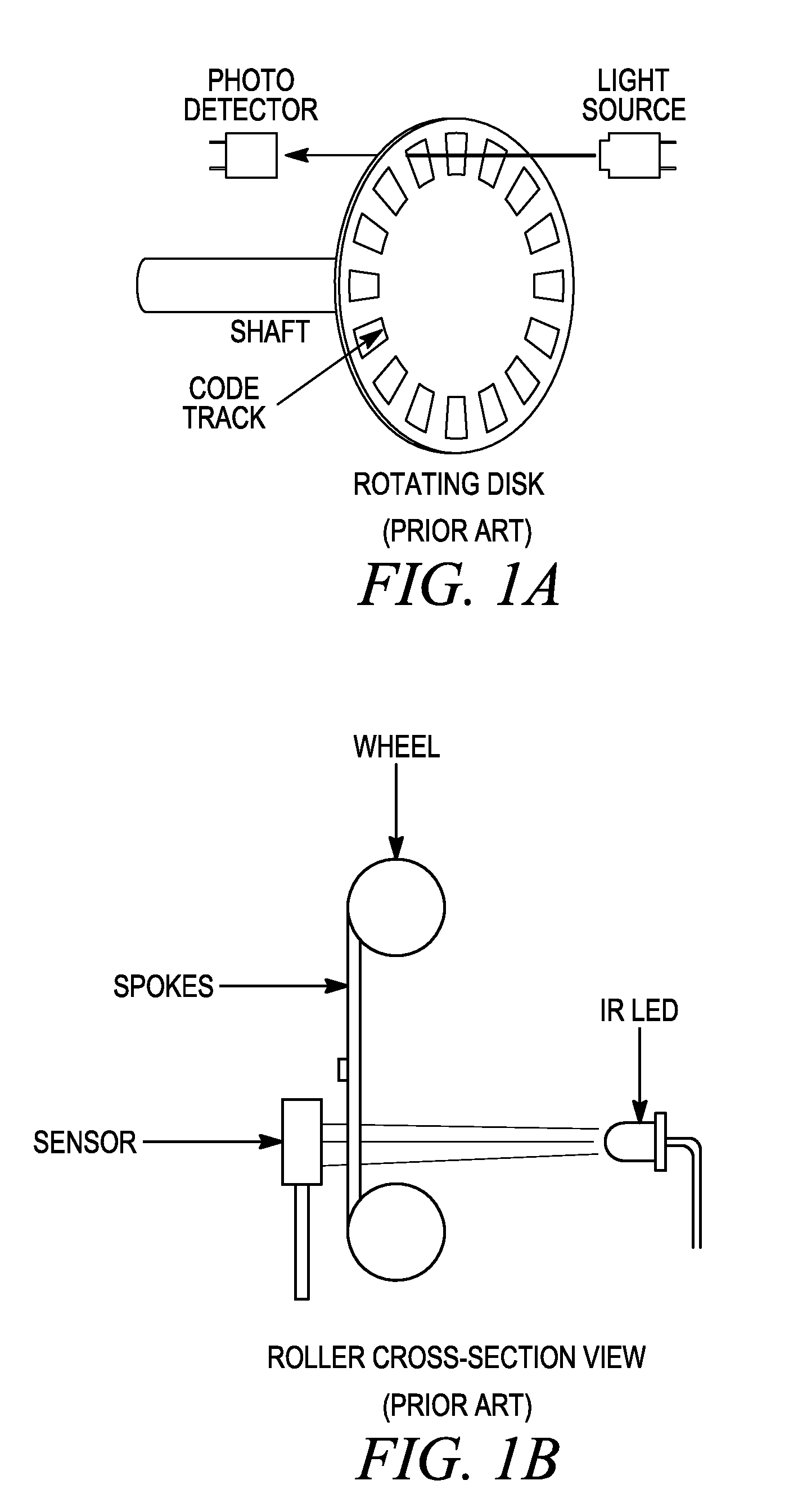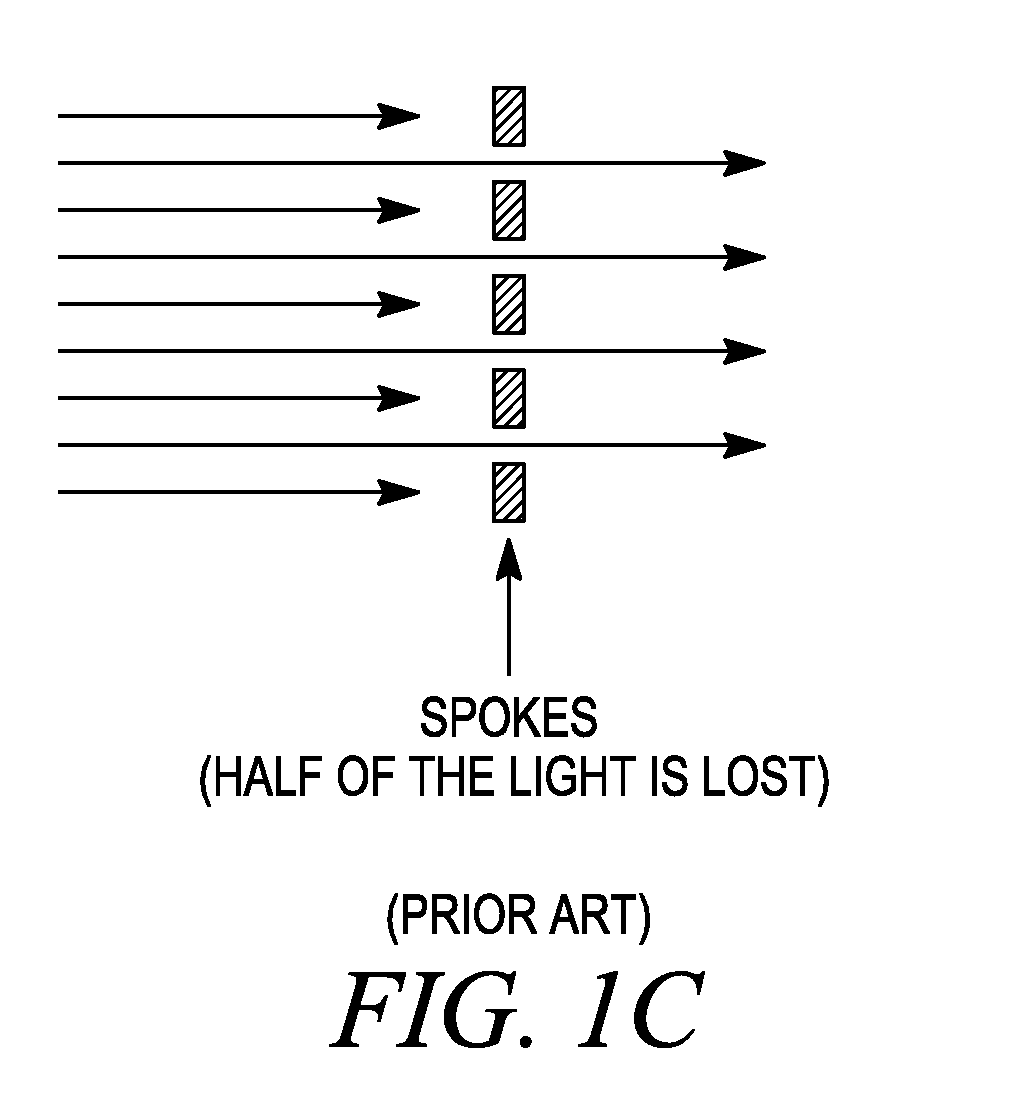Magnetic rotary system for input devices
a magnetic encoder and input device technology, applied in the direction of converting sensor output, using electrical/magnetic means, instruments, etc., can solve the problems of power waste, large arrangement, and light loss when it hits the non-transparent parts of the wheel, etc., to achieve low cost, easy manufacturing, and relatively simple magnetization required
- Summary
- Abstract
- Description
- Claims
- Application Information
AI Technical Summary
Benefits of technology
Problems solved by technology
Method used
Image
Examples
Embodiment Construction
The figures (or drawings) depict a preferred embodiment of the present invention for purposes of illustration only. It is noted that similar or like reference numbers in the figures may indicate similar or like functionality. One of skill in the art will readily recognize from the following discussion that alternative embodiments of the structures and methods disclosed herein may be employed without departing from the principles of the invention(s) herein.
It is to be noted that the terms “wheel” and “roller” are used interchangeably herein. It is further to be noted that while most of the discussion here focuses on wheels in input devices, the present invention is not limited to such embodiments. Embodiments of the present invention can be used in input mechanisms in other devices which use angular movement. Examples include, but are not limited to, dials such as volume dials, buttons like digital potentiometers, tuning buttons, etc. It is to be noted that although the following des...
PUM
| Property | Measurement | Unit |
|---|---|---|
| magnetic field | aaaaa | aaaaa |
| distance | aaaaa | aaaaa |
| distance | aaaaa | aaaaa |
Abstract
Description
Claims
Application Information
 Login to View More
Login to View More - R&D
- Intellectual Property
- Life Sciences
- Materials
- Tech Scout
- Unparalleled Data Quality
- Higher Quality Content
- 60% Fewer Hallucinations
Browse by: Latest US Patents, China's latest patents, Technical Efficacy Thesaurus, Application Domain, Technology Topic, Popular Technical Reports.
© 2025 PatSnap. All rights reserved.Legal|Privacy policy|Modern Slavery Act Transparency Statement|Sitemap|About US| Contact US: help@patsnap.com



